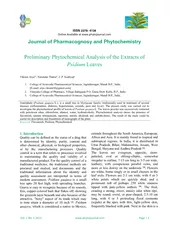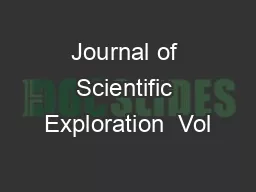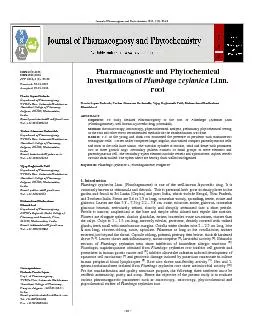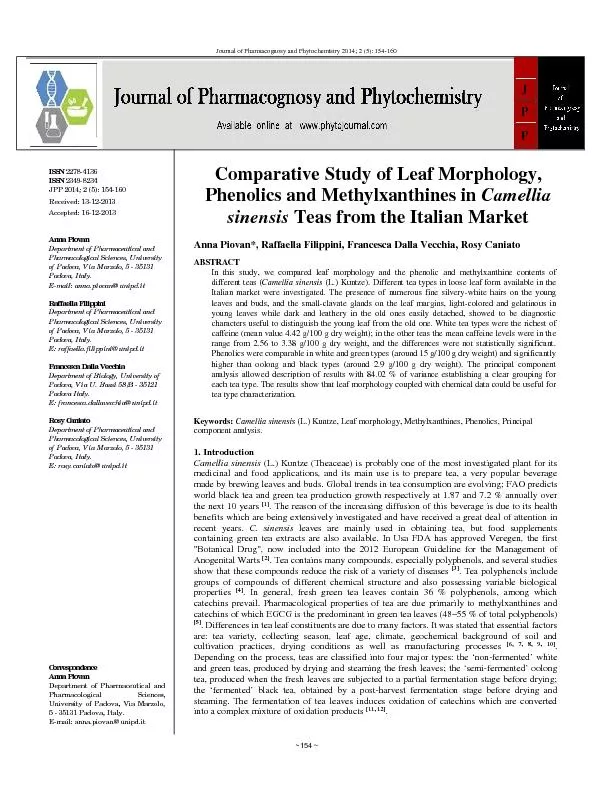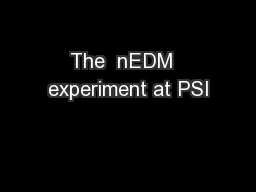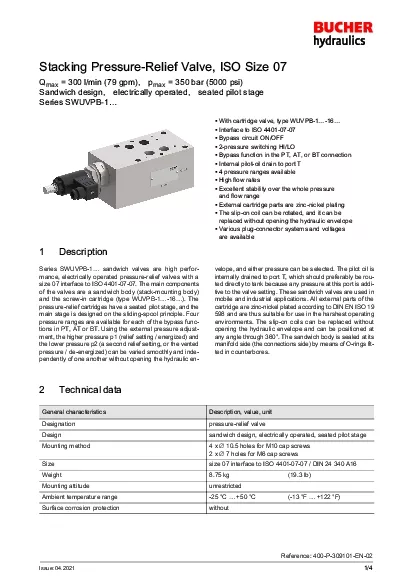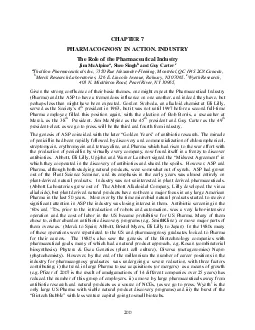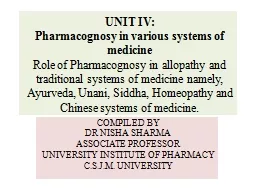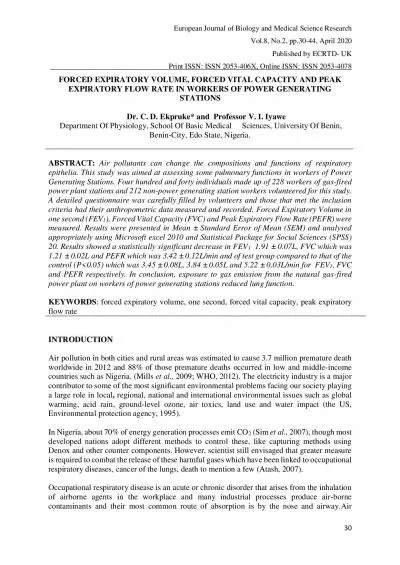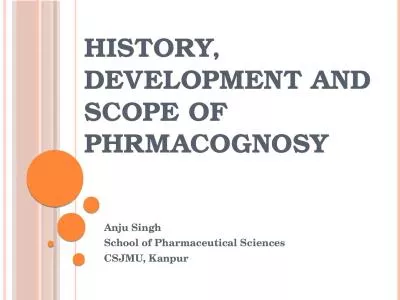PDF-ISSN Journal of Pharmacognosy and Phytochemistry Psi
Author : stefany-barnette | Published Date : 2015-06-15
Introduction Psidium guajava 1 Psidium guajava 2 3 4 brPage 2br 5 Taxonomic Classification Psidium guajava 6 2 Materials and method 21 Collection of Plant Materials
Presentation Embed Code
Download Presentation
Download Presentation The PPT/PDF document "ISSN Journal of Pharmacognosy and Phyt..." is the property of its rightful owner. Permission is granted to download and print the materials on this website for personal, non-commercial use only, and to display it on your personal computer provided you do not modify the materials and that you retain all copyright notices contained in the materials. By downloading content from our website, you accept the terms of this agreement.
ISSN Journal of Pharmacognosy and Phytochemistry Psi: Transcript
Download Rules Of Document
"ISSN Journal of Pharmacognosy and Phytochemistry Psi"The content belongs to its owner. You may download and print it for personal use, without modification, and keep all copyright notices. By downloading, you agree to these terms.
Related Documents

